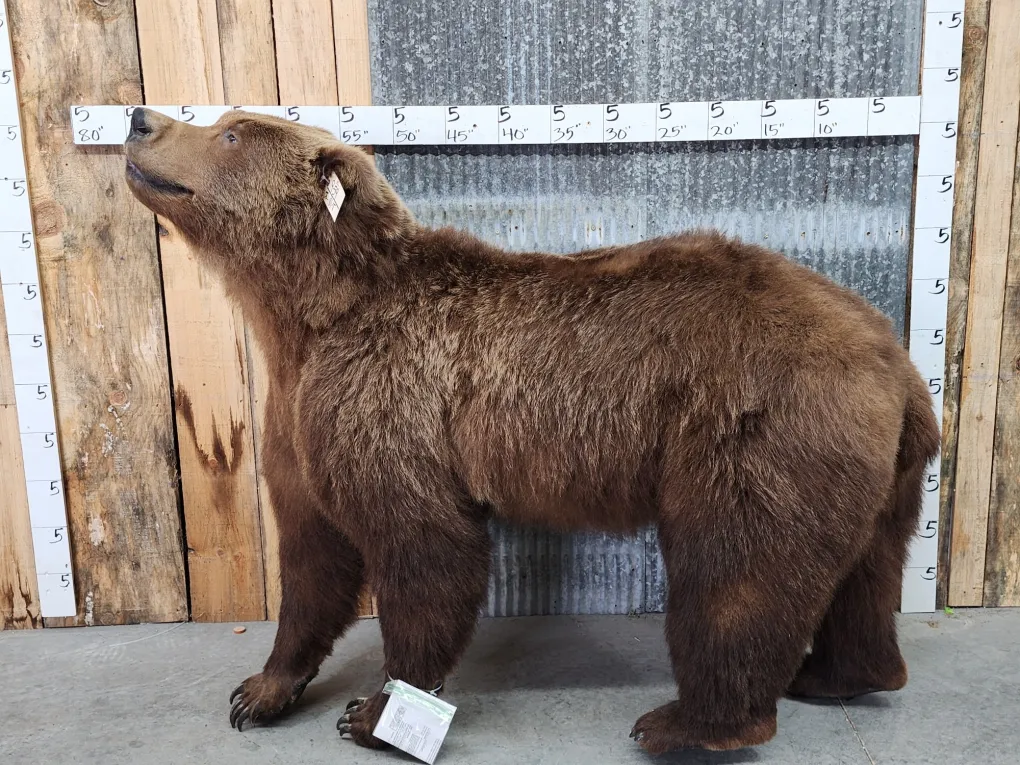The Ultimate Guide to Taxidermy Mounts for Beginners

Taxidermy is an ancient art that allows enthusiasts to preserve and display animals in lifelike forms. Whether you’re a hobbyist or looking to start a career in taxidermy, understanding the basics is crucial. This guide covers everything beginners need to know about taxidermy mounts, from tools and techniques to preservation methods and display options.
What Is Taxidermy?
Taxidermy mounts for sale is the practice of preserving an animal’s body through stuffing and mounting for display or study. It has been used for centuries by hunters, naturalists, and museums to immortalize wildlife. Today, it is both an art and a science that requires patience, skill, and proper materials.
Choosing the Right Mount
Before starting, decide on the type of mount you want to create. Common taxidermy mounts include:
- Shoulder Mounts – Typically used for deer, elk, and other large game animals.
- Full-Body Mounts – Suitable for smaller animals or prized hunting trophies.
- European Skull Mounts – A minimalistic approach that showcases only the cleaned skull.
- Rug Mounts – Common for bears and large predators, preserving both the hide and head.
Each type requires different techniques and tools, so choosing the right one is essential for a successful project.
Tools and Materials Needed
To begin your taxidermy journey, you’ll need the following tools and supplies:
- Scalpel and Skinning Knife – For precise cuts and removing the hide.
- Preservatives – Such as borax or tanning solutions to prevent decay.
- Forms and Manikins – Pre-made structures to shape the animal.
- Clay and Epoxy – For fine detailing and sculpting.
- Needles and Thread – To stitch the hide securely.
- Glass Eyes – Essential for a realistic appearance.
- Paint and Airbrush – Used for coloring and final touches.
Investing in quality tools will make your taxidermy projects more successful and enjoyable.
Step-by-Step Guide to Mounting an Animal
1. Skinning and Preparing the Hide
Carefully skin the animal, preserving as much of the hide as possible. Use a scalpel for delicate areas and ensure you remove excess fat and tissue. Once skinned, apply a preservative to prevent decay.
2. Tanning the Hide
Tanning helps maintain the hide’s durability and flexibility. Common methods include:
- Dry Preserving (Borax Method) – A simple technique for small animals and birds.
- Wet Tanning – Provides a softer, more pliable skin.
- Commercial Tanning – Professional services that ensure high-quality preservation.
3. Mounting the Form
Choose a form that matches the animal’s natural posture. Attach the tanned hide to the form using adhesives and pins, ensuring a snug fit.
4. Adding Eyes and Detailing
Glass eyes bring realism to the mount. Carefully position them to match the animal’s natural gaze. Use clay and epoxy to refine facial features.
5. Stitching and Securing the Hide
Sew the hide securely using strong thread and needles. Pay attention to seams, ensuring they are hidden for a natural look.
6. Final Adjustments and Drying
Once mounted, adjust the skin, pose the limbs, and let the mount dry completely. Drying times vary based on the size of the animal and humidity levels.
7. Painting and Finishing Touches
Use paint and airbrushing to enhance details, blending seams and adding color to areas like noses and lips. This step brings the mount to life.
Common Mistakes and How to Avoid Them
Beginners often make errors that can compromise the final result. Here are some common mistakes and how to prevent them:
- Poor Skinning Technique – Avoid excessive cuts and remove all flesh properly.
- Improper Tanning – A poorly tanned hide can become stiff or degrade over time.
- Misaligned Features – Ensure eyes, ears, and limbs are positioned naturally.
- Rushed Drying Process – Allow ample time for drying to avoid shrinkage or warping.
Displaying and Maintaining Your Mounts
Proper display and maintenance ensure your taxidermy lasts for years. Follow these tips:
- Keep Away from Direct Sunlight – UV rays can fade colors.
- Control Humidity Levels – Prevents mold and insect damage.
- Regular Cleaning – Use a soft brush or compressed air to remove dust.
- Pest Prevention – Use insect repellents to protect the mount from damage.
Is Taxidermy Legal?
Taxidermy laws vary by region. Some species require permits, while others are protected and cannot be preserved. Always research local regulations before starting a project to ensure compliance.
Getting Started with Taxidermy
If you’re serious about taxidermy, consider taking a class or learning from an experienced taxidermist. There are also online tutorials, books, and taxidermy kits available to help beginners.
Conclusion
Taxidermy is a fascinating craft that blends artistry and preservation. By following proper techniques, using quality materials, and practicing patience, beginners can create stunning mounts. Whether for personal collection or professional purposes, taxidermy offers a unique way to honor and appreciate wildlife.





